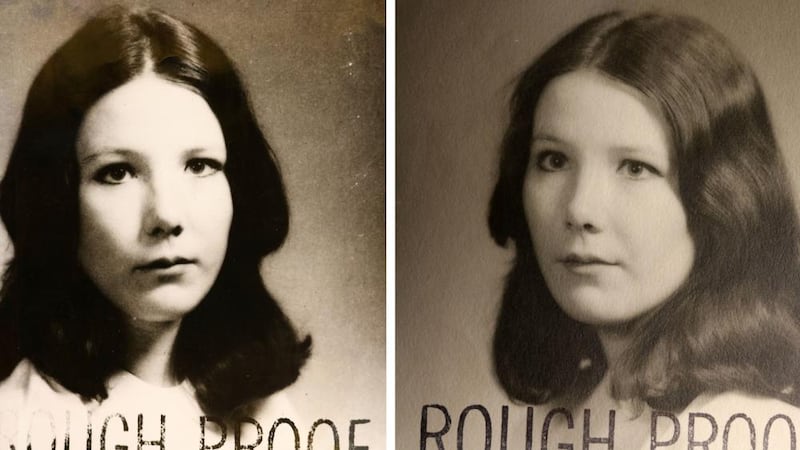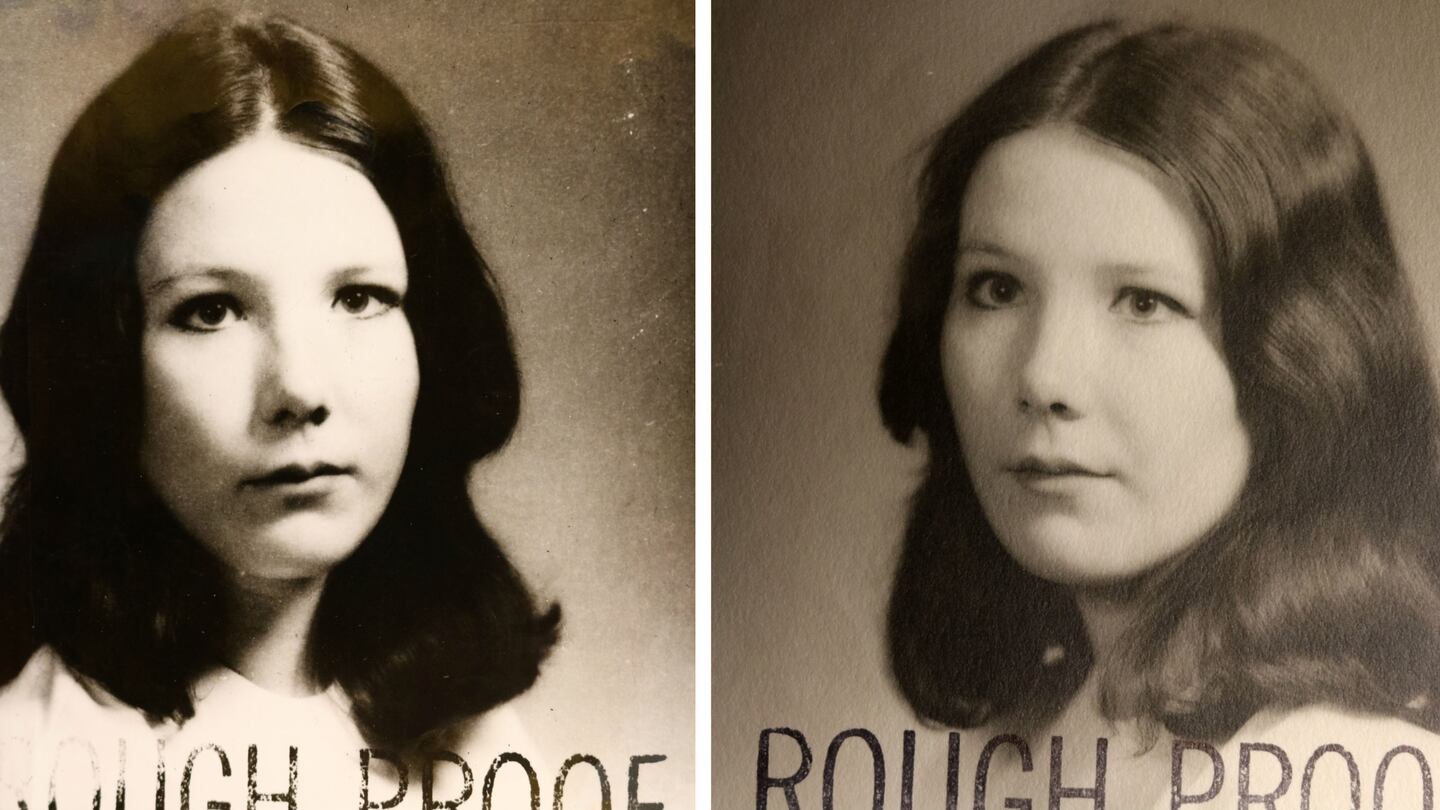CAMBRIDGE, Mass. — The new year will mark 50 years since Harvard graduate student Jane Britton was found sexually assaulted and bludgeoned to death in her bed, a crime that had long gone unsolved.
Middlesex County District Attorney Marian Ryan announced Tuesday that police investigators have finally pinpointed a suspect in the case using DNA left on Britton and data from the genealogy website Ancestry.com.
"This is the oldest case that we have been able to solve in this office," Ryan said at a news conference Tuesday.
Scroll down to continue reading
More news from KIRO 7
- Auburn teacher dies in childbirth - husband now suing hospital
- Charter bus carrying UW band members overturns on I-90 near George
- Indian island police struggle to get body of American
- Jurors convict dad in under an hour in baby's diaper rash death
- Do you have an investigative story tip? Send us an email at investigate@kiro7.com
Who killed Jane Britton? 50-year murder investigation finally closed https://t.co/pixBDhLDPL
— Boston 25 News (@boston25) November 20, 2018
Britton, 23, was found dead Jan. 7, 1969, by her boyfriend, who went to her apartment near campus to check on her after she failed to show up for an exam that morning. Documents released in the case Tuesday show that Britton, an anthropology student, was found facedown on her bed, her head and upper body covered by clothing.
An autopsy showed she was bludgeoned to death, suffering skull fractures so severe that her brain was cut and bruised, the documents show.
The murder remained unsolved for decades before investigators, prompted last year by requests from the public for the release of case files, took a fresh look at the case. That fresh look included advanced DNA testing on swabs from Britton's autopsy, which provided a Y-STR, or male-specific profile, Ryan said.
The Massachusetts State Police crime lab in July got a "soft hit" on a career criminal, Michael Sumpter, whose DNA profile was in CODIS, the FBI's Combined DNA Index System. Ryan said in a news release that the match was confirmed when investigators found a DNA profile belonging to Sumpter's brother in Ancestry.com's DNA database.
>> Read: Who killed Jane Britton? 50-year murder investigation finally closed
The brother was cooperative with investigators and provided a fresh DNA sample that further confirmed the match, the news release said.
"Testing on this sample excluded 99.92 percent of the male population as a contributor of the DNA and confirmed that Michael Sumpter's profile matched both the original soft hit and the Y-STR profile," the news release stated. "Sumpter's brother was excluded as a possible contributor."
Sumpter, 54, died of cancer in 2001, about a year after he finished serving time for a 1975 rape, NBC News reported. Since his death, he has been linked by DNA evidence to four other sexual assaults -- two of which resulted in the deaths of the women.
Sumpter’s DNA was linked in 2010 to the 1972 rape and murder of Ellen Rutchick, 23, in her Boston apartment, Ryan’s news release said. A second CODIS hit came in 2012, when Sumpter was linked to the 1973 rape and murder of Mary Lee McClain, 24, also of Boston.
Britton's death brings Sumpter's victim count to at least three women, Ryan said in the news release. None of the women are believed to have known Sumpter.
Investigators believe Sumpter gained access to Britton's apartment through her fire escape. A witness who lived in the building reported hearing someone on the fire escape to the victim's home earlier on the evening she was killed, the documents show.
>> Related: New England's Unsolved: The Podcast
Britton was last seen alive by her neighbors, who she visited and had a drink with late on Jan. 6 after returning home from a night out with friends.
Her blood alcohol content was negative, but alcohol was found in her stomach contents, the district attorney's news release said. The findings showed she was killed shortly after returning to her apartment.
Ryan said during Tuesday's news conference that investigators in 1969 had no idea where the swabs taken at Britton's autopsy would lead. With DNA testing still far in the future, the swabs were taken for "very rudimentary" testing to determine if semen was present and to determine the perpetrator's blood type.
“When they took that sample, that’s all they ever expected -- to find the presence of sperm and to do blood typing,” Ryan said. “That’s what they expected to be able to do with that sample.”
The district attorney said investigators over the years had lots of "red herrings," including the presence of red ochre at the scene. The pigment, made from clay, was used in some burial processes over the ages, and detectives wondered if Britton's murder was in some way connected to her anthropologic studies, Ryan said.
There were a lot of hopeful moments over the decades, as well.
"We had followed up on, literally, hundreds and hundreds of leads over time. You always hope that it will get you somewhere," Ryan said.
>> Read: Advances in DNA technology led to breakthrough in 1969 cold case
She said in a cold case like Britton's, investigators learn to become cautiously optimistic when new leads come in. The moment when they learned they had a DNA match in the slaying was, at first, just another piece of the journey.
Detectives subsequently learned Sumpter had multiple ties to Cambridge. He lived in the city as a child and was in trouble with Cambridge police as a teen.
He also worked about a mile from Britton’s apartment in 1967, two years before she was killed, and was arrested and convicted of physically assaulting a woman blocks from Britton’s home in 1972, Ryan’s news release said.
Solving the case was an emotional moment, the prosecutor said Tuesday.
"Probably the biggest emotion at that point is just relief that you are able to provide the beginnings of some understanding to her family," Ryan said during the news conference. "She has a surviving sibling who has spent almost 50 years not only without his sister, but not knowing what happened to her.
"That is an important piece."
Britton's brother, the Rev. Boyd R. Britton, of Santa Barbara, California, issued a statement regarding his sister's murder.
"A half century of mystery and speculation has clouded the brutal crime that shattered Jane's promising young life and our family," Britton said. "As the surviving Britton, I wish to thank all those -- friends, public officials and press -- who persevered in keeping this investigation active, most especially state police Sgt. Peter Sennott.
"The DNA evidence match may be all we ever have as a conclusion. Learning to understand and forgive remains a challenge."
Cox Media Group









